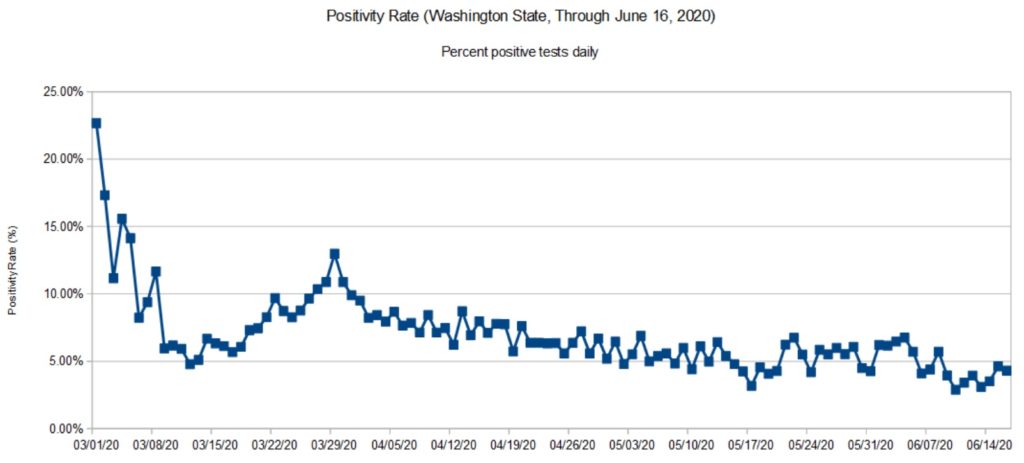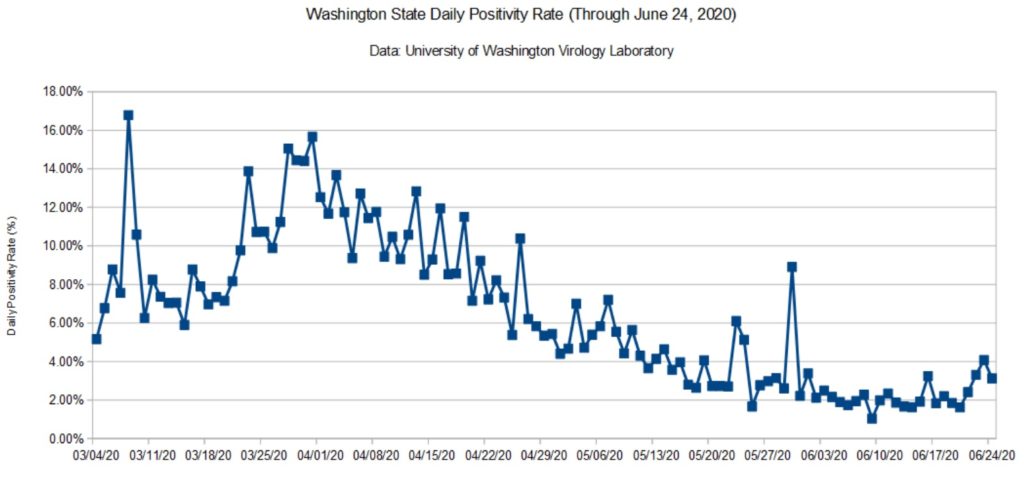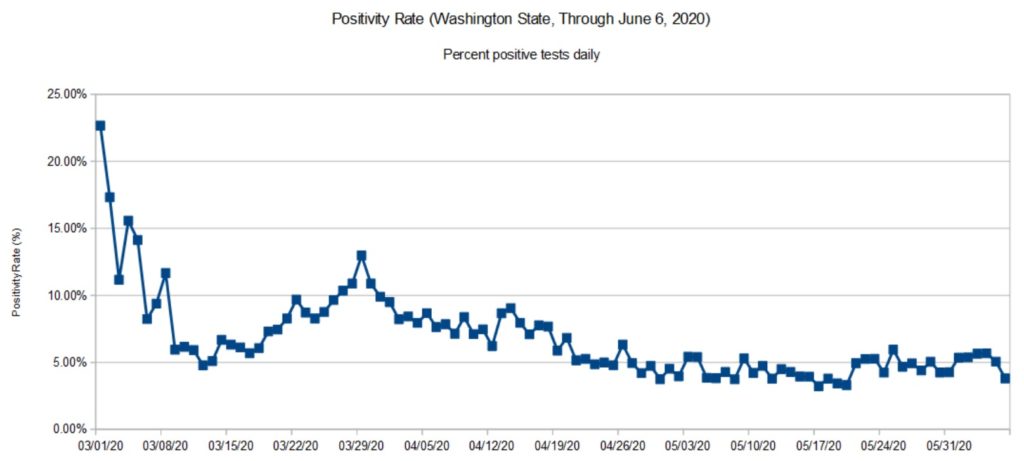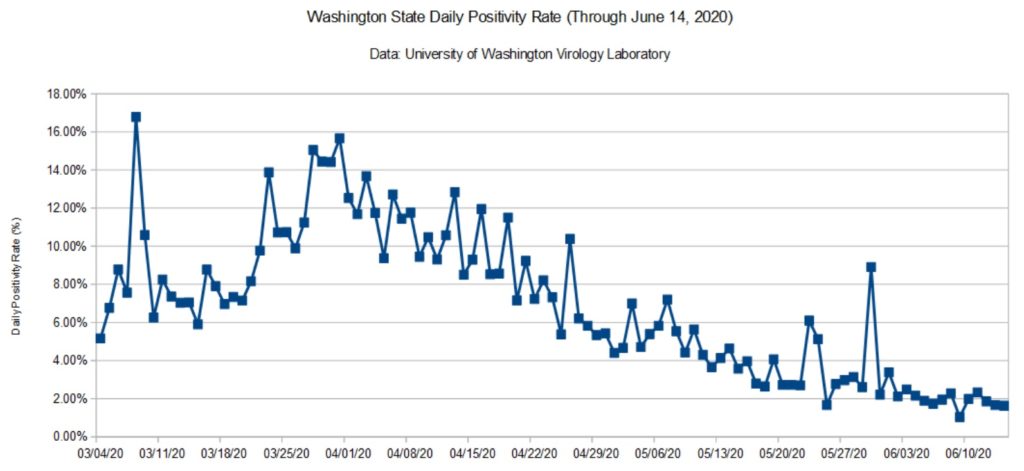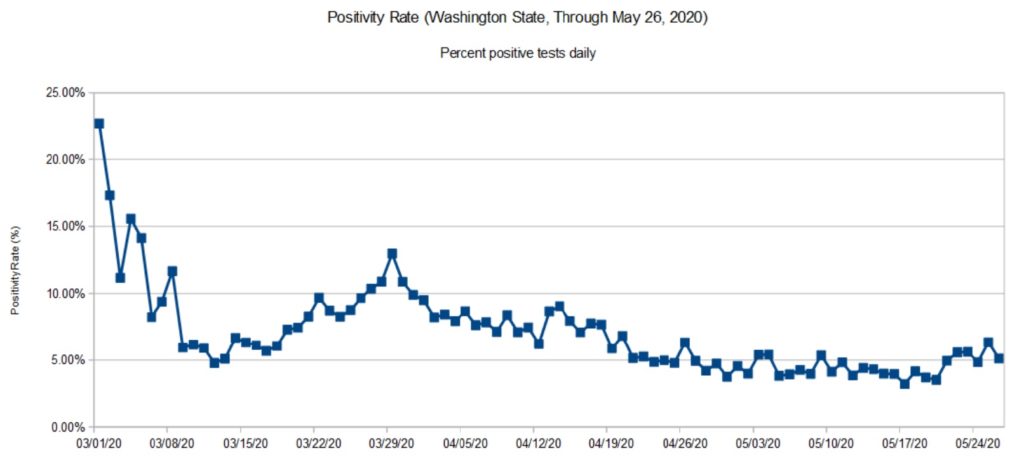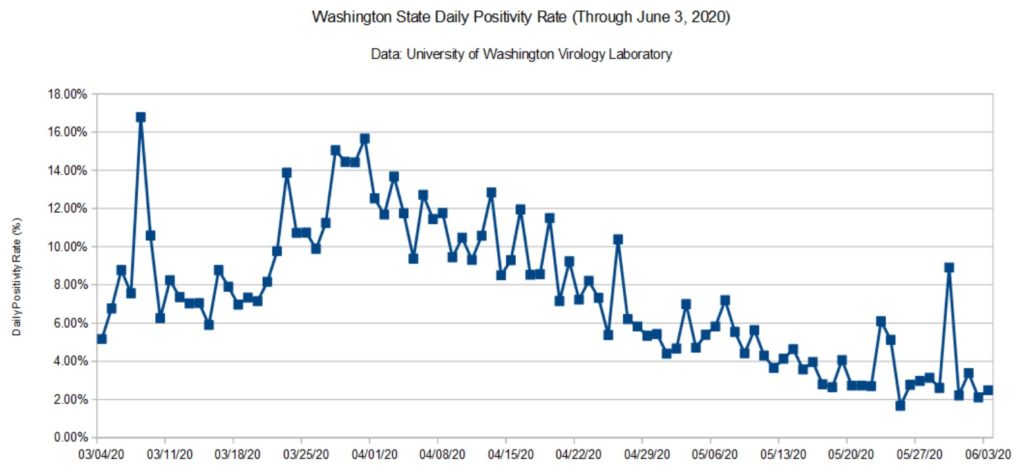Korg have extended their summer apps and software sale. Sale is on starting today (June 24) and ending Wednesday, July 15, 2020.
They finally got me with Korg Module Pro. The backstory…
I installed the free version of Module when I assembled the Korg NTS-1, hoping that it would unlock a few extra instruments in Module. For some reason, nothing unlocked and I gave up. I really wanted to assess the five built-in engines before springing for Module Pro.
Well, shucks, sight to the blind. Last week, I cast my gaze across the studio, coming to rest on the MicroKorg XL. Duh! Why didn’t I reach for the MicroKorg to begin with? After wiring up, the MicroKorg unlocked the electric piano, organ, clav, and string engines. Only one patch each, but certainly enough to get a good taste.
Needless to say, the five engines are pretty darned good. I sprang for Korg Module Pro and the Module Performance Expansion pack. The Module Performance Expansion pack adds more voices, MIDI CC learn and the ability to split and layer.
The ability to layer is very handy as I always find Korg’s acoustic instruments to be a little bit raw on their own. Sure, effects help to dress up the voices, but a soft pad adds warmth to strings and so forth. Orchestration 101.
MIDI CC learn is a bit of a necessity, I discovered. Unexpanded Module Pro responds to specific MIDI CC messages. For example, CC#100 controls organ rotary speaker speed, a rather essential element. To my chagrin, I discovered that the Yamaha MODX, which I am using as a controller, does not send CC message higher than CC#95! What the what? MIDI learn allows you to assign a controller to rotary speaker speed or other Module parameter of interest. [Check the update below for the correct solution!]
I connected the Yamaha MODX to the iPad via Apple Camera Connection Kit and an ancient IK Multimedia iRig 5-pin MIDI interface. Why 5-pin? That’s the other gotcha. I initially connected the MODX to the iPad via USB. Module receive the MIDI OK, but somehow the outgoing audio stream was lost with no signal at the 3.5mm headphone output. [See the update!]
I may look for a different audio/MIDI interface solution as I hate using the 3.5mm headphone jack. It’s not mechanically robust and it’s all too easy to get ear-itating scratchy audio. I don’t want to spend a lot of money and don’t want any solution involving powered hubs and such. I might give the Alesis Control Hub a try or maybe Korg’s own plugKEY. The Control Hub is a legacy product and availability is spotty. The plugKEY is a little more expansive, but is purpose-built for iPad software instruments and is Lightning-only. The Control Hub is USB-B class-compliant.
My only remaining nit is also one of my pet peeves. Software vendors should be forthcoming and specific about voices (patches) available at verious tiers. In the case of Kork Module, the free version has only one unlocked engine — acoustic piano and one patch:
Acoustic Piano Natural Grand
When the free version is connected to a Korg synth like the MicroKorg, you get five unlocked engines, one patch per engine:
Acoustic Piano Natural Grand
Electric Piano Natural Tine EP
Organ Simple Organ
Clav Clav CA
Strings/Choir Strings
The engine beneath Strings/Choir is really a sample-playback engine and it’s not limited to strings!
Korg Module Pro unlocks many additional patches for the five engines:
Acoustic Piano
Natural Grand Bright Grand
Dark Grand Heavy Touch Grand
Light Touch Grand Damper Reverb Grand
Cinema Piano Mono Attack
Comp Piano Upright Piano
Radio Piano Honky Tonk
Flange Piano Electric Grand
Chorus E.Grand AOR E.Grand
Ac+El Piano Pad Piano
Spacy Piano Strings Piano 1
Strings Piano 2 Choir Piano
Twinkle Piano Stack Piano
Electric Piano
Natural Tine EP Hard Tine EP
Soft Tine EP Tremolo EP
Phaser EP Chorus EP
Boomy Vibe EP Auto Wah EP
Deep Mod EP Distortion EP
Hybrid EP Dark Sine EP
Digital EP Synthetic EP
Pad Tine EP Strings Tine EP
Organ
Simple Organ Dark Organ
Soul Organ Jazz Organ
Memphis Organ Gospel Organ
Clean Organ Bright Organ
Drive Organ 1 Drive Organ 2
Full Organ 1 Full Organ 2
Perc Organ 1 Perc Organ 2
Perc Organ 3 Perc Organ 4
Vox Organ 1 Vox Organ 2
Clav
Clav CA Clav CB
Clav DA Clav DB
Wah Clav Phaser Clav
Distortion Clav Mute Clav
Psychedelic Clav Clav Guitar
Sample-playback
Strings Slow Strings
Strings Pad Analog Strings
Phase Strings Flange Pad
Choir Pad Vocoder Pad
Brass Ens Octave Brass
Funky Sfz Brass Hybrid Brass
Analog Brass Soft Horn
Warm Pad Saw Pad
Ambient Pad Bell Pad
Saw Wave Chiptune Wave
Synth Stab Unison Synth
Saw Synth Soft Synth
Rez Comp Rez Square
Synth Clav Saw Pluck
Square Pop Detune Sine
Digital Bell Ring Bell
The electric piano is quite nice; the patches provide a wide range of Rhodes tone. The rotary organ patches cover a useful range, too, including a pair of VOX combo organ sounds. The clav is up-to-snuff and the patches cover the usual favorites. The sample-playback sounds are strong on ensemble voices, not so much lead tones or solo instruments.
The Module Performance Expansion pack rounds out the sample-playback sound set with guitars, bass, solo instruments, etc.
Sample-playback
Violin Cello
Pizzicato Chamber Strings
Strings Ensemble Tremolo Strings
Romantique Strings Synth Strings
A Capella Pad Bubble Choir
Solo Trumpet Band Brass
Fanfare Horn Ensemble
Synth Horn Solo Flute
Vibrato Flute Pan Flute
Alto Saxophone Tenor Saxophone
Wind Ensemble Chamber Orchestra
Unison Stab Mono Dark Lead
Mono Synth Lead Detune Saw Lead
Octave Lead Talking Lead
Analog Piano Synth Pad Piano
Velocity Synth Synth Pad
Dark Pad Snow Pad
Aurora Pad Artificial Effect
Filter Motion Air Organ
Vibra-phone Glockenspiel
Celesta Steel Drum
Tubular Bell Mysterious Bell
Vibrato Glass Bell Bell Tower Pad
Foggy Hills
Ac. Guitar Nylon Guitar
Electric Guitar Guitar Dist.
Harp Sitar
Ac. Bass Walking Jazz Bass
Fretless Bass Finger Bass
Mute Pick Bass Slap Bass
Fat Pulse Bass Filter Bass
All of these sounds can be used as layer elements, too. That’s a lot of detail, but it should give you a better sense of the product feature tiers.
Update
After spending more time with Korg Module Pro, I’m happy. The sounds are first rate without much filler or junk. Some of the sounds are inspiring.
Further experiments…
I connected the Yamaha SHS-500 keytar to Korg Module Pro over Bluetooth MIDI. Pairing was a breeze, I couldn’t discern any annoying latency at all. There are a few patches where I dialed up the effect level — par for the course. I can see the SHS-500 plus iPad/Module as a lightweight portable rig. Going wireless would be a real boon for the crazy small spaces that I play in.
I also gave MODX another shot as MIDI controller. Success! The digital audio stream is sent back to MODX on its USB class-compliant audio device. My initial mistake was a head-slapper. Pay attention to the MIDI and audio meters in Module’s upper left corner. At first, I saw MIDI activity and no outgoing audio level. Should have been a big clue. Check and set Module’s OUTPUT LEVEL knob and make sure it’s turned up. Doh!
I resolved the organ rotary speaker speed issue by reading the manual and noting the organ/damper pedal setting. Module receives CC#64 sustain. When the organ/damper pedal setting is “Rotary,” sustain toggles the rotary speaker speed — no MIDI CC learn is necessary.
That’s it! Korg Module Pro 50% off is money well spent.
Copyright © 2020 Paul J. Drongowski

